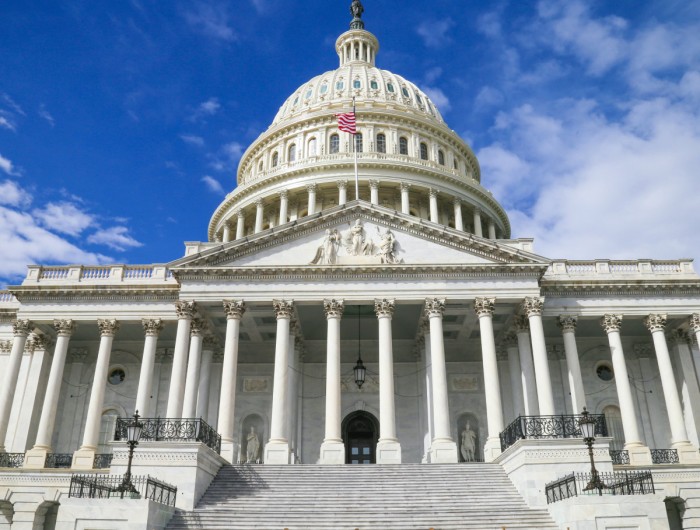The Biden administration is aiming to expand affordable housing opportunities in downtown areas by repurposing empty commercial structures into residential spaces, according to statements from officials on Friday. On that day, the administration unveiled a range of federal funding and additional incentives designed to transform vacant commercial buildings across the nation into residential properties, thereby increasing the housing inventory.
Administration representatives pointed to both steep housing expenses and a surplus of vacant office spaces as they underscored the scarcity of affordable housing units.
“Office and commercial vacancies across the country are affecting urban downtowns and rural main streets,” reads a White House fact sheet. “A new blog released today by the Council of Economic Advisers finds that office vacancies have reached a 30-year high from coast-to-coast, placing a strain on commercial real estate and local economies.”
The White House has outlined a plan to address a long-standing issue of insufficient affordable housing units, exorbitant rental expenses, and communities seeking solutions to reduce emissions.
Lael Brainard, the director of the National Economic Council, described the conversion of empty downtown office spaces into affordable housing as a “mutually beneficial” solution during a press call. She asserted that this program would breathe new life into downtown areas burdened with unused office space and simultaneously increase the availability of affordable housing units.
“We know that commercial building vacancies are at an all-time high in some cities and communities across the country, while housing supplies in those same communities remain constrained,” Ms. Brainard told reporters on a call previewing the program on Thursday.
“This presents an area of opportunity to both increase housing supply while revitalizing Main Street,” she added.
Ms. Brainard said that many households face housing affordability challenges, “so the president has asked us to take a whole-of-government approach to making sure that we have affordable and accessible housing.”
The Biden administration, on Friday, introduced fresh directives outlining how state and local authorities can secure funding for loans and technical support to convert commercial spaces into residential areas.
These initiatives will be partially funded by proceeds from the sale of federal properties, as indicated in a White House information sheet.
The Department of Transportation is preparing to issue updated guidelines for more than $35 billion in loans designated for transportation-related development projects.
The administration anticipates that the forthcoming guidance from the Department of Housing and Urban Development will not only bolster the housing inventory but also motivate state and local governments to enhance their zoning, land use, and transit-oriented development policies.
Additionally, on Friday, the White House revealed a handbook that provides information on more than 20 federal programs from six agencies, offering resources such as low-interest loans, grants, and tax incentives for the conversion of commercial properties into residential spaces.
These resources will be accessible via the Transportation Infrastructure Finance and Innovation Act and the Railroad Rehabilitation and Improvement Financing programs.
According to administration officials, the aim of this new program is to address the challenge of individuals residing either at a considerable distance from their workplaces in affordable regions or in proximity to their workplaces but in unaffordable areas.











